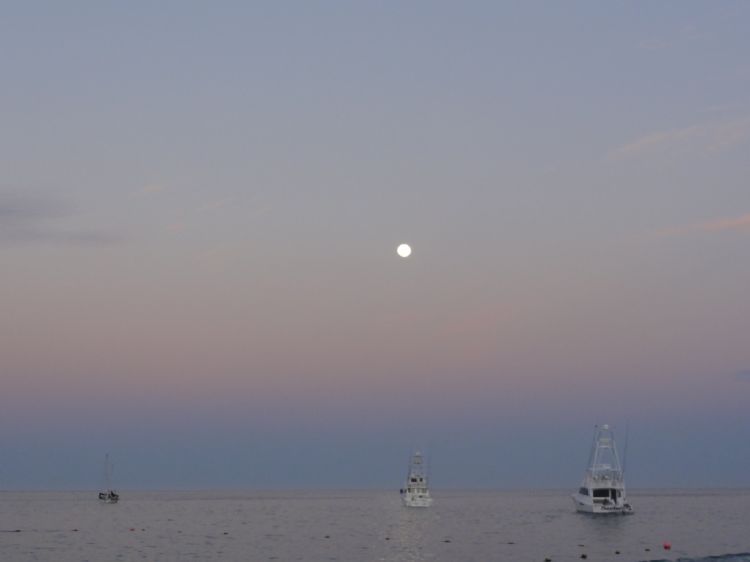Marietas Islands

The Marietas Islands are located on the southeast of Tepic City, in the State of Nayarit. They constitute one of the world biosphere reserves protected by UNESCO.
If traveling from Mexico City, the State can be reached by a flight to Puerto Vallarta and then 25 minutes by bus or taxi through the highway to Punta Mita, accessing the detour of Playa el Anclote. If traveling by road, upon arriving to Puerto Vallarta you can take a bus to Punta Mita. From there, diverse tourism providers travel to the zone, while enjoying a spectacular landscape of the Mexican Pacific Ocean. Visitors will find the reason why it has been declared a biosphere reserve by UNESCO.
Marietas Islands are an archipelago of four formations: two islands and two islets. The first are 59 yards in height, 1 kilometer wide and 656 yards wide, approximately. The second are 47 yards high and somewhat longer than the first, measuring 765 yards in width. They are found within the Municipality of Banderas Bay.
The waters of the Pacific Ocean and the zoneâs depth provide proper conditions for the practice of diving and snorkeling, underwater photography and climbing on the cliffs. Water activities are especially attractive for the presence of rocky reefs which host diverse species of sea birds.
The State and Municipality Governments of Banderas Bay offer visitors recreation activities throughout the year, festivals, sporting events, delicious cuisine and diverse contests. Especially interesting is the visit of hundreds of whales from December to April, prompting tours for watching species, such as the Humpback Whale. Organized tours, due to the respect for the gestation process which hasnât concluded during the first weeks, are officially programmed between December 15 and March 31. The whales choose Mexican waters to fulfill a vital procreation cycle. Once they are born and for some weeks after, the whale calves adapt to the water temperature, salinity and currents.
Before the whales give birth to their calves, they remain submerged in the sea and come up to breathe every fifteen minutes; once they have given birth they remain floating on the surface, offering a spectacle for visitors.
Besides the whales, other marine species are of great attraction and biological importance for the region; in the reserve there are giant stingrays, dolphins and corals with formations characterized by tunnel and cave systems for diving and appreciating the hundreds of colorful fish and plants.
Click on the PLAY button to watch the Video.
Artículo Producido por el Equipo Editorial Explorando México.
Copyright Explorando México, Todos los Derechos Reservados.
Foto: MexicoDiscountTours.com






